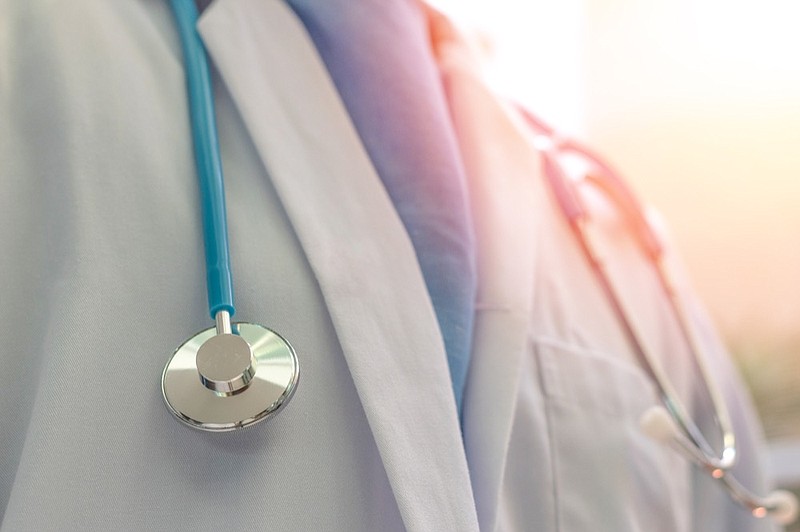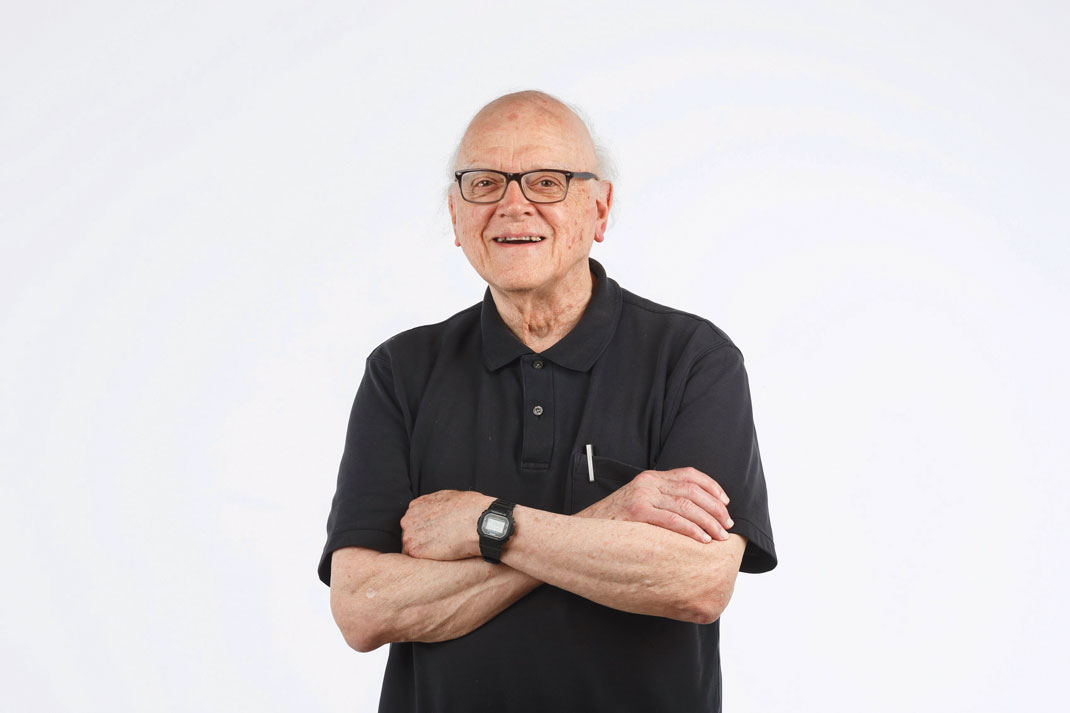An older lady, experiencing weakness and a rapid pulse, arrives at an emergency room. A nurse connects her to a cardiac monitor. EKG, chest X-ray and blood sample for laboratory studies are quickly obtained; intravenous fluids are initiated. Within a few minutes, she is reassured that she has not had a heart attack. She receives a medication, which slows the pulse to a normal rate. At that point a physician arrives and briefly listens to her heart and lungs with a stethoscope. Is this a necessary part of an examination?
A grand moment in the education of a physician is the first opportunity to examine a living, breathing patient. This follows the seemingly interminable study of the pre-clinical subjects of anatomy, pathology, and normal and abnormal bodily functions. The stethoscope becomes the first tool that a medical student will use for the examination of lungs, circulation and abdomen.
With repeated practice, a clinician can discern abnormal heart rhythms and the sounds of heart failure. She can determine if a heart valve is leaking or is narrowed. Turning attention to the lungs, she can distinguish wheezes, congestion, consolidation due to tumor or pneumonia. She can detect abnormal sounds over narrowed arteries as well as normal and abnormal bowel sounds.
Before the 19th century, if a physician wished to listen to a patient's chest, he (there were no women in the medical profession then) would have to place his ear directly against the person's thorax. This raised issues of propriety with female patients. Faced with a young woman with suspected heart disease, French physician René Laennec (1781-1826) devised the first stethoscope in 1816. Initially, he used a tightly rolled piece of paper to amplify heart and lung sounds. Soon, he fashioned a nine-inch long wooden cylinder, modified at one end with an ear-piece, and at the other end with a chest-piece. He derived the term "stethoscope" from Greek words for "chest" and "to observe."
Using his new device, Laennec correlated heart and lung sounds heard in life with findings at subsequent autopsies of his patients. Limited therapies assured an abundance of cadavers. He described sounds characteristic of bronchitis, pneumonia and the various stages of tuberculosis - a rampant disease of his time. He described murmurs associated with abnormalities of valves of the heart. Physicians from across Europe flocked to Laennec's Parisian hospital to learn the new technique of examination from the master. He described his studies in a textbook that became a classic.
In 1852, George Cammann, an American physician, invented the two-eared stethoscope that we use today.
The invention of the electrocardiogram and the discovery and clinical application of X-ray at the end of the 19th century led to a gradually accelerating array of diagnostic advances, which we consider routine to the practice of medicine today. The structure and function of the heart can be precisely studied by combinations of electrocardiogram, ultra-sound, and an array of scanning techniques using isotopes and injectable dyes.
Is it time to relegate the stethoscope to a museum of medical curiosities?
My answer is a firm "no."
The stethoscope is portable, readily available, cost-effective and not dependent on an external power source.
The stethoscope assures during the interval of its use that the examiner is giving the patient her undivided attention. The stethoscope compels its user to think, to consider different possibilities that might be the cause of the patient's symptoms, before obtaining more complex and costly tests.
Patients increasingly complain of depersonalized care, especially in busy clinics and emergency rooms. Their caregiver may be caught in the demands of typing data into an electronic medical record and fail to make eye contact. While being shuttled from one diagnostic test to another, a patient may question who is directing this process.
Properly used, the stethoscope locks the examiner with her intellect and experience into the immediate concerns of her patient. This link to personal care is worth retaining.
Contact Clif Cleaveland at ccleaveland@timesfreepress.com.

